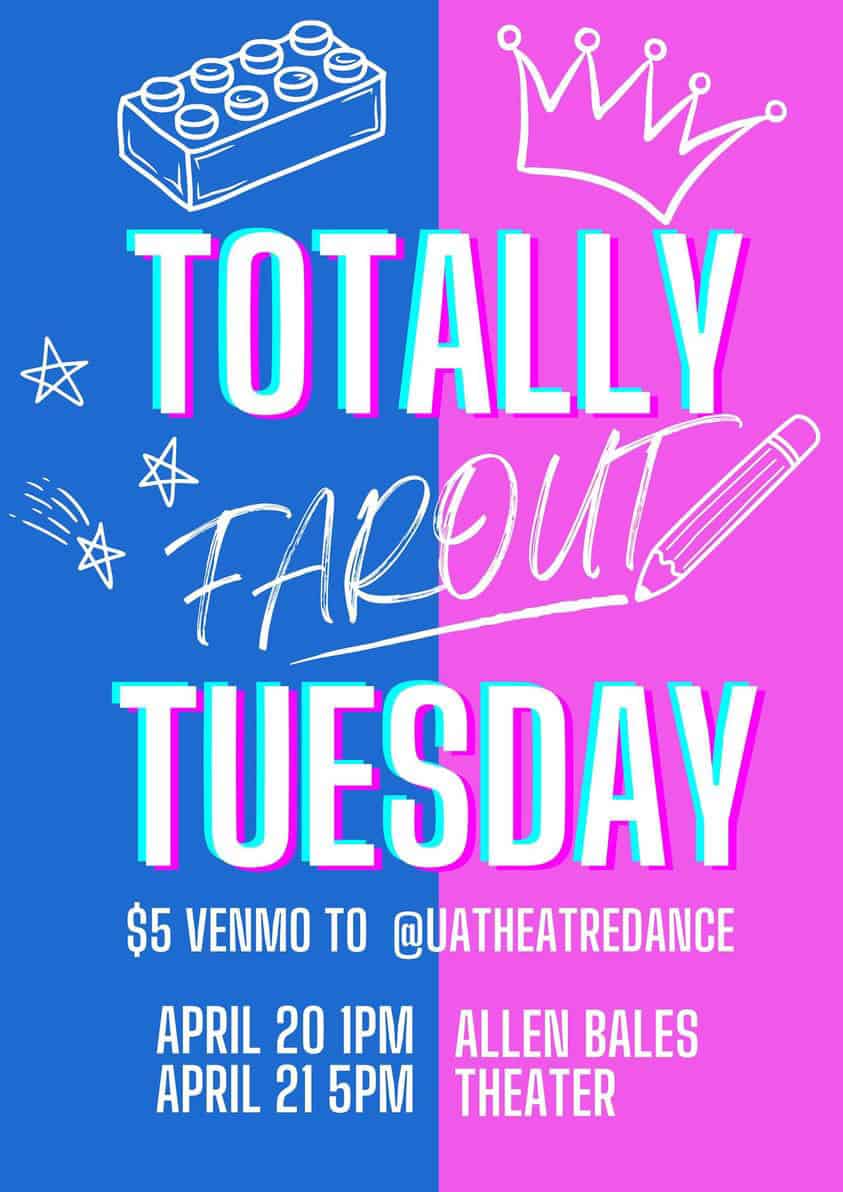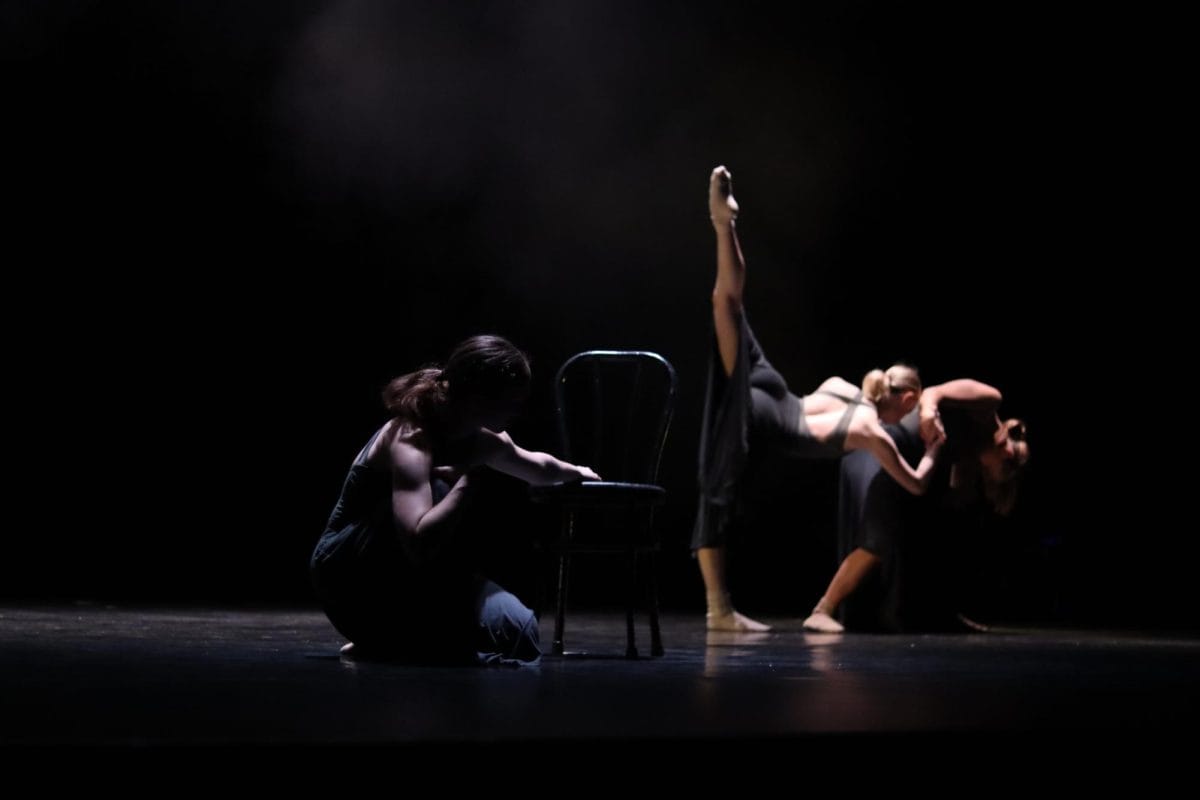When the words “film festival” are brought up in conversation, the usual association is with Sundance, Cannes or South by Southwest. However, with The University of Alabama’s second annual Black Warrior Film Festival taking place over the weekend, local talk will most likely be all about student films.
BWFF was founded by telecommunication and film students who saw an opportunity for local filmmakers after attending the 2013 Sundance Film Festival. In its second year, the free three-day event saw more than 80 student films split up into five “blocks.”
Ryan Williams, a senior majoring in theatre and TCF, directed and wrote the documentary film “Ten Thousand Hours.”
“My film was about a man being able to overcome everything in his life,” he said. “To filter it to everyone, it’s all about dreams, because dreams can be achieved no matter what.”
The festival showcased every genre of film, from documentary to romantic comedy to foreign language. In addition to student-made films, there were screenings of Hollywood films such as “Hooper,” a movie filmed in Tuscaloosa, and master classes on subjects like the simple art of filmmaking and stunts. Certain events, such as the Alabama Filmmaking Panel, also focused on film as it relates to the state of Alabama itself.
Carly Palmour, a Los Angeles-based documentary filmmaker and UA alumna, spoke on the panel about how the University’s TCF department prepared her for her chosen career.
“I did a lot of independent study [at the University], so the school gave me the opportunity to work with a lot of real filmmakers from the state,” she said. “There was just a lot of hands-on experience that I got from the department itself, which was really beneficial for me as a filmmaker and a student here.”
Emily Valdez, a freshman majoring in nursing, attended the festival Saturday. She said diversity among students and filmmakers was one of its important aspects, as well as informing the public of the opportunities in the TCF department.
“I think this is important because it brings a bunch of different people together, because I don’t know any of the people who are here, so it’s cool to see what other students are doing,” she said. “I would have never known that people who are TCF majors had access to that kind of equipment and could make entire short films.”
Claire White, a freshman majoring in nursing, echoed Valdez’s statements.
“You got to kind of see everyone from every major and walk of life come together to watch all these films. It’s amazing,” she said. “It was actual movie material. I was so surprised at the quality; I thought it was all really impressive.”
Another reason BWFF is so important is because of the decrease in funding in public art programs, Valdez said.
“It’s so important to promote fine arts in schools,” she said. “Those programs are being cut all over the country, and it’s up to festivals and events like [BWFF] to show educators that this is important and impactful in students’ lives.”
According to the U.S. Department of Education, from 1999 to 2009, visual arts classes offered in elementary school dropped from 87 percent of schools to 83 percent.
To Williams, ultimately, the biggest driving factor behind filmmaking and any form of art should be hope and inspiration.
“Art impacts people, you can tell by the people in the audience of these movies,” he said. “They’re laughing, they’re crying. Taking anything like theater or film, you should strive to impact people. It’s like the quote from Gandhi, ‘Be the change you wish to see in the world.’ That’s what I want to do. That’s what everyone who makes films should do.”






